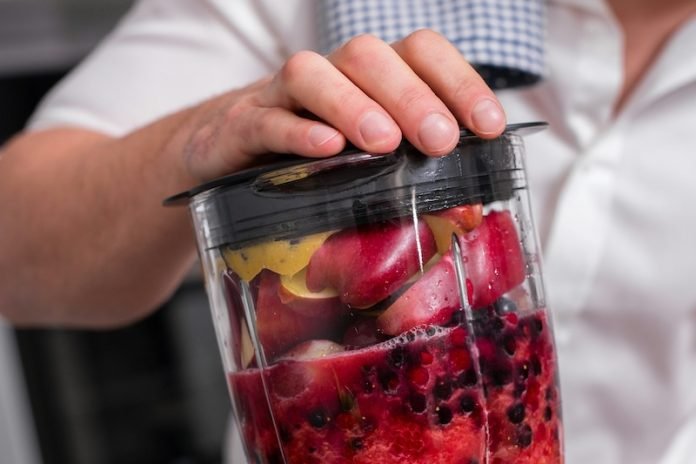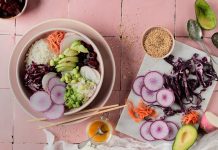
When it comes to managing diabetes, diet plays a crucial role, and fruits are an important part of a balanced diet. However, not all fruits are created equal, especially for individuals with diabetes.
Understanding which fruits are beneficial and which ones might spike blood sugar levels can help in effectively managing this condition.
This article dives into the types of fruits to embrace and those to consume with caution, providing guidance based on research evidence.
Fruits are packed with vitamins, minerals, and fibers, but they also contain carbohydrates, including sugars, which can affect blood sugar levels.
The key is to select fruits that have a lower glycemic index (GI), which measures how quickly foods raise blood sugar levels. Fruits with a lower GI are absorbed more slowly, preventing sudden spikes in blood sugar.
Fruits to Include:
Berries: Strawberries, blueberries, raspberries, and blackberries are not only delicious but also low in carbohydrates and high in fibers, making them excellent for blood sugar management. Research has shown that berries have anti-inflammatory properties, beneficial for people with diabetes.
Cherries: With a low GI, cherries are a good option. They’re also rich in antioxidants, which can help fight inflammation.
Peaches: Fresh peaches are low in carbohydrates and rich in vitamins A and C, potassium, and fiber. They can be a sweet, nutritious addition to a diabetes-friendly diet when eaten in moderation.
Apples: High in fiber and vitamin C, apples have a relatively low GI, especially when eaten with their skin. They provide a sense of fullness, helping to manage hunger and control weight.
Pears: Pears are another fiber-rich, low-GI option that can help regulate blood sugar levels. They’re also a good source of vitamin K and potassium.
Fruits to Approach with Caution:
Bananas: While bananas are nutritious, they’re higher in carbohydrates and sugar than many other fruits, which can cause more significant blood sugar spikes, especially when overripe.
Pineapples and Mangoes: Delicious and tropical, these fruits are high in sugar and have a higher GI, making them less ideal for blood sugar control. They can be consumed in small portions or as part of a mixed meal to slow down the sugar absorption.
Grapes: Grapes are high in sugar and have a medium GI, which might lead to blood sugar spikes. It’s best to eat them in moderation and paired with a protein or fat to help minimize blood sugar impact.
Dried fruits and Fruit juices: Dried fruits and fruit juices are concentrated sources of sugar and can rapidly increase blood sugar levels. It’s generally best to avoid these or consume them sparingly.
Managing diabetes doesn’t mean you have to give up all your favorite fruits. The key is moderation and balance. Pairing fruits with a source of healthy fat or protein can also help slow down sugar absorption and prevent spikes in blood sugar.
Additionally, monitoring how different fruits affect your blood sugar levels through regular testing can help you make more informed choices.
In summary, fruits can be part of a diabetes-friendly diet, provided you choose wisely and pay attention to portion sizes.
Opting for low-GI fruits and being mindful of how they’re consumed can help manage blood sugar levels while still enjoying the sweet, natural flavors fruits offer.
If you care about diabetes, please read studies about Vitamin D and type 2 diabetes, and to people with diabetes, some fruits are better than others.
For more information about diabetes, please see recent studies that low calorie diets may help reverse diabetes, and 5 vitamins that may prevent complication in diabetes.
Copyright © 2024 Knowridge Science Report. All rights reserved.



